US GDP Growth Slows Down
The US economy grew at a sluggish 1.4% annual rate in the first quarter of 2024, according to the Bureau of Economic Analysis’ latest estimate.
This marks a deceleration from the robust 3.4% growth recorded in the previous quarter. This third estimate for Q1 GDP incorporates more comprehensive data than previous releases, reflecting a mixed economic picture.
Join our WhatsApp ChannelKey Revisions and Implications
Upward revisions to nonresidential fixed investment and government spending were partially offset by a downward revision to consumer spending.
The slowdown in GDP growth highlights potential headwinds for the US economy. Weaker consumer spending, a critical driver of growth, raises concerns among economists and policymakers.
“Consumer spending has always been a key driver of our economic growth,” said John Williams, a senior economist. “The downward revision in this area is particularly worrying and could signal more challenges ahead.”
Businesses may be cautious about expanding investment due to rising interest rates and global economic uncertainty. The slowdown could also prompt the Federal Reserve to reassess its monetary policy tightening plans in the coming months.
Federal Reserve’s Possible Response
The Federal Reserve’s monetary policy stance is closely tied to economic growth trends. The current slowdown, influenced by rising interest rates, suggests that the Fed’s tightening measures might be impacting economic activity.
Analysts believe that the Fed will closely monitor these trends, including consumer spending patterns, as they decide on the future path of interest rates.
READ ALSO: IMF Predicts ‘Overheated’ US Economy As Key Driver Of Global Growth, Urges Caution On Rate Cuts
“The Fed will be closely watching tomorrow’s PCE data,” noted Williams. “It will be crucial in informing the FOMC’s decision on whether to continue with the current tightening cycle or to pause and reassess.”
Analyst Commentary
Analysts have expressed concern over the downward revision to US GDP growth. Weaker consumer spending, in particular, is seen as a significant factor.
Rising interest rates are likely impacting consumers’ willingness to spend, which in turn affects overall economic activity.
“The downward revision to US GDP growth is a cause for concern,” said Sarah Johnson, an economic analyst.
“Particularly with weaker consumer spending, which is a critical driver of growth. This slowdown suggests the Federal Reserve’s monetary tightening stance might be affecting economic activity.”
Looking Ahead
As the situation evolves, all eyes will be on the Federal Reserve and its upcoming policy decisions. The economy’s performance in the coming quarters will be crucial in determining the path of interest rates and other monetary measures.
Businesses and consumers alike will be watching closely, seeking signs of stability and growth in a challenging economic environment.
Emmanuel Ochayi is a journalist. He is a graduate of the University of Lagos, School of first choice and the nations pride. Emmanuel is keen on exploring writing angles in different areas, including Business, climate change, politics, Education, and others.

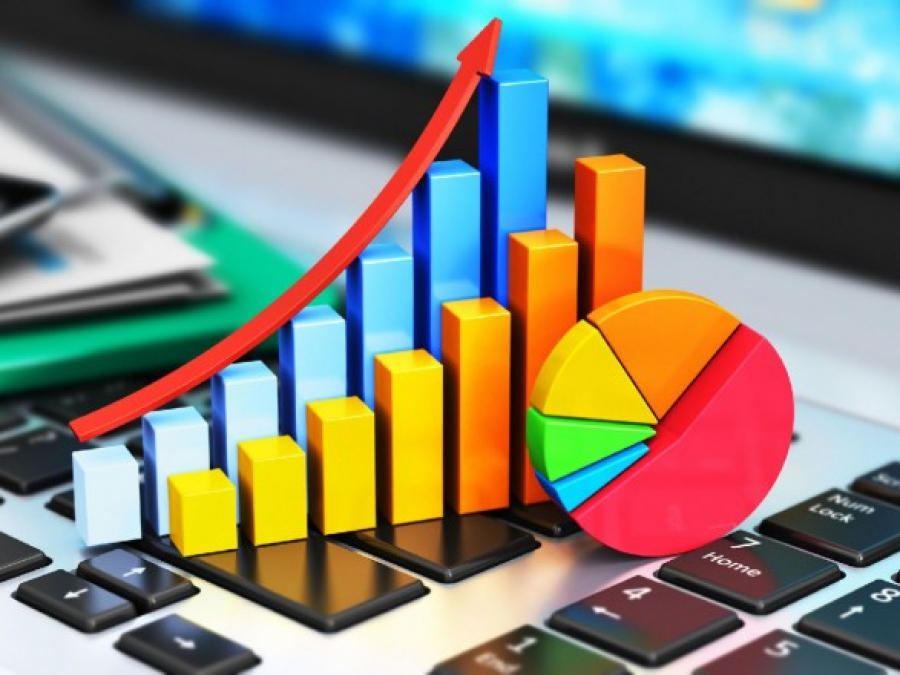




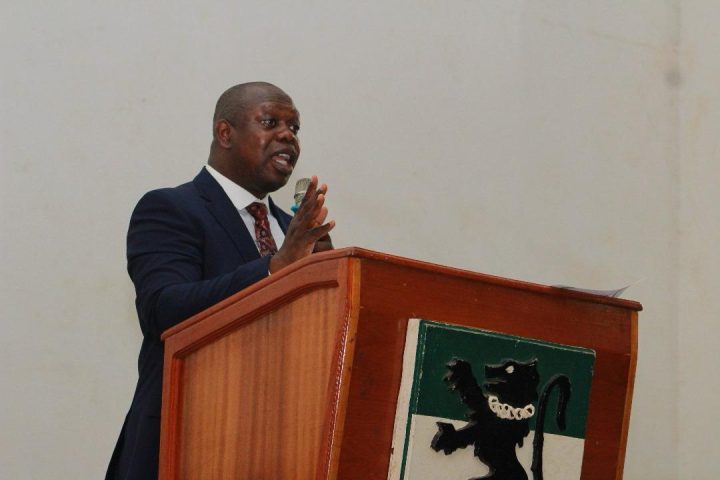
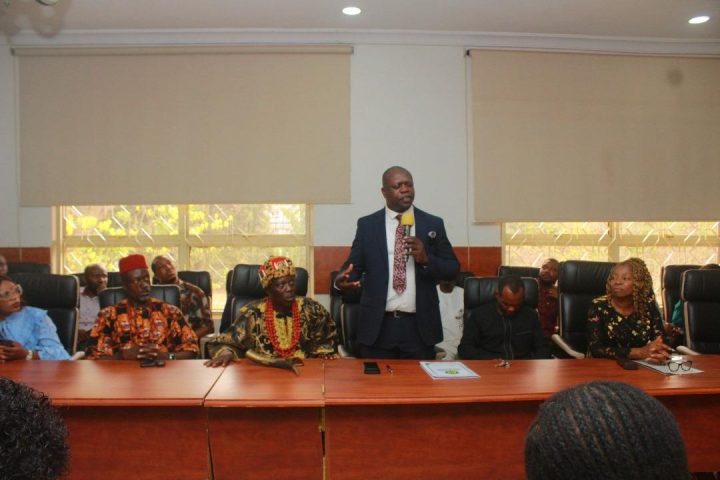

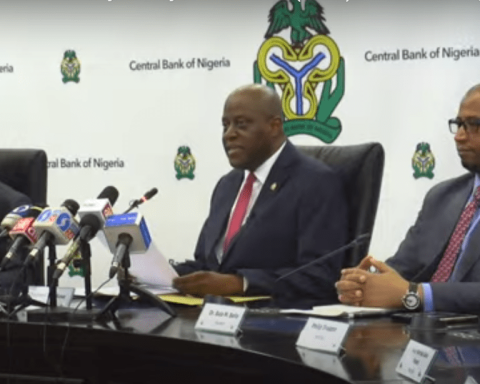

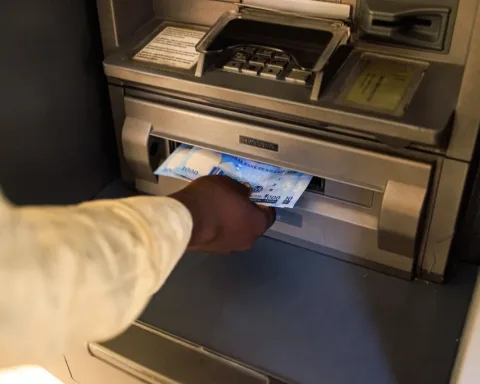

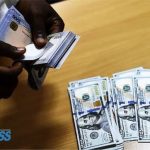



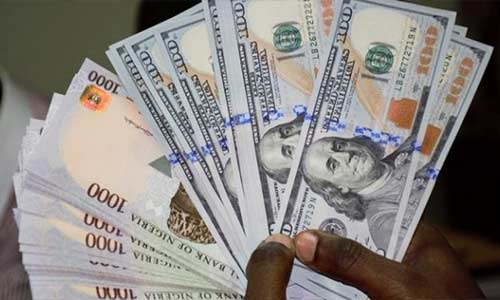

Follow Us